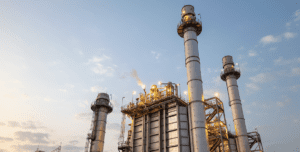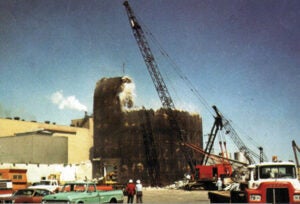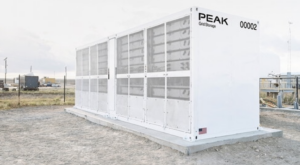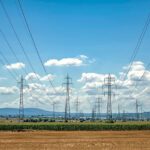
According to the U.S. Department of Energy, more than 70% of the nation’s grid transmission lines and transformers are more than 25 years old, straining under the pressures of rising electrification and renewable integration. As power producers, utilities, and grid operators push toward decarbonization targets, the need for more intelligent, responsive, and resilient grid infrastructure has never been more urgent.
COMMENTARY
Amid this complexity, artificial intelligence (AI)—specifically predictive and optimization-based models—will be the biggest tool in our toolbox, acting as a strategic enabler of the energy transition. Unlike generative AI, which has captured national headlines with text and image generation, predictive AI is purpose-built to manage physical systems in real-time: forecasting load, optimizing distributed resources, and helping balance a grid increasingly shaped by renewables.
From Static Systems to Smart Infrastructure
Traditionally, power grids were designed for centralized generation and one-way power flow. Today, that paradigm is being upended. Variable renewables, distributed energy resources (DERs), energy storage, and electrified loads like EVs are injecting complexity and volatility across the system. Without intelligent orchestration, this variability can lead to grid imbalances, curtailment of clean energy, or costly infrastructure upgrades.
So what is the answer to these massive infrastructure challenges? At least in part, AI is proving essential to avoid these pitfalls and provide solutions to our increasingly complex energy landscape and to support the energy transition.
Practical AI Applications for Grid Operators and Utilities
AI-driven solutions are already delivering value across transmission and distribution networks. For instance, predictive models can analyze weather data, grid load patterns, and equipment behavior to forecast both energy supply and demand. Optimization algorithms then determine how best to allocate available resources—whether that’s dispatching battery storage during peak demand, shifting flexible loads, or prioritizing solar generation when irradiance is high. These intelligent capabilities are already being deployed across the grid. Here are key use cases transforming operations today:
- Renewables Forecasting. Improves solar and wind output predictions to minimize curtailment and optimize dispatchable backup, supporting more reliable integration of variable generation sources.
- DER Coordination. Orchestrates distributed energy resources such as rooftop solar, battery storage, smart inverters, and flexible loads to enhance grid stability and defer costly infrastructure upgrades.
- Load Shaping and Peak Shaving. Anticipates demand spikes and automates load shifting based on real-time and historical data, flattening demand curves and enabling greater use of clean energy.
- Grid Edge Intelligence. Powers local decision-making at the prosumer and microgrid level, using AI to optimize behind-the-meter assets while transmitting critical data back to utilities and operators.
- Predictive Maintenance. Detects performance anomalies in transformers, substations, and switchgear before failure, extending asset life and improving system reliability with minimal manual oversight.
- Dynamic Load Alignment. Predictive AI adjusts demand in real time to match grid conditions and renewable energy availability, supporting the growing electrification of industrial processes and transportation.
The best part is that AI systems work behind the scenes reducing emissions, improving uptime, and increasing operational flexibility and functionality.
Smarter Doesn’t Mean Starting Over
One of the most compelling aspects of modern AI solutions is interoperability. Utilities and grid operators don’t need to rip and replace existing SCADA or EMS systems. Many predictive AI platforms are designed as overlays—integrating with current infrastructure and unlocking new insights and control capabilities without disrupting operations.
Our best pieces of advice is to start small: a utility might begin by applying AI to solar forecasting or battery dispatch, and scale over time to grid-wide optimization. Each deployment becomes a stepping stone toward a more intelligent, resilient, and decarbonized grid.
While AI isn’t a silver bullet, it is an increasingly essential part of the toolbox for grid modernization. By leveraging predictive intelligence, utilities can accelerate renewable integration, support electrification, and increase the reliability of aging infrastructure without sacrificing sustainability or economic efficiency.
As the power sector reshapes itself for the realities of 21st-century energy demands, those who embed AI into their grid management strategies will be better positioned to navigate volatility, harness innovation, and meet decarbonization goals head-on.
—Sreedhar Sistu is vice president of AI Customer Offers for Schneider Electric.










